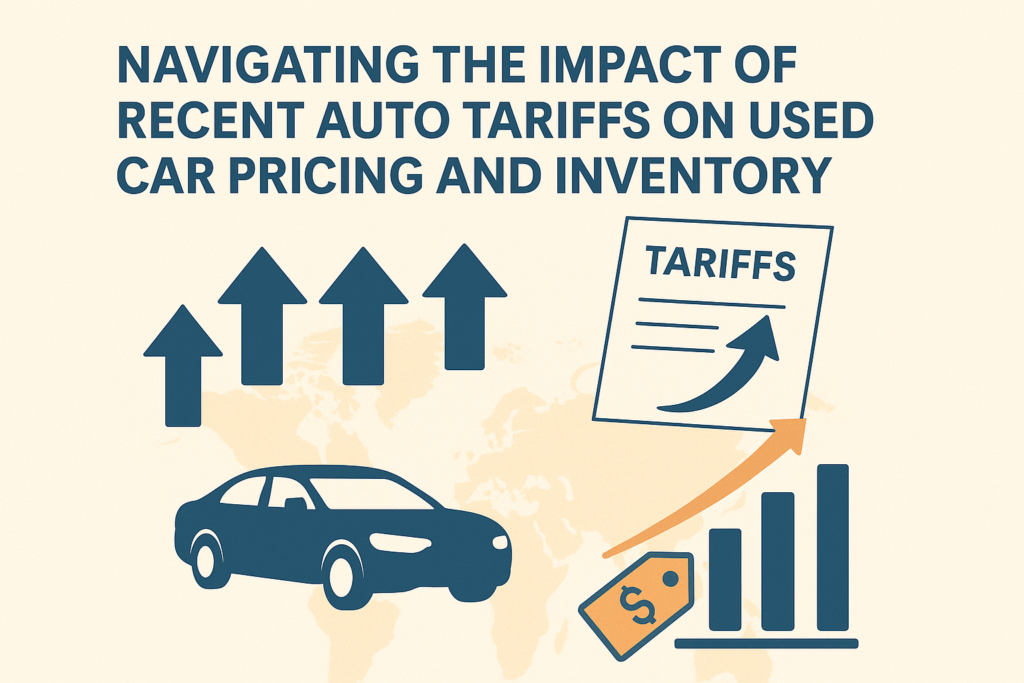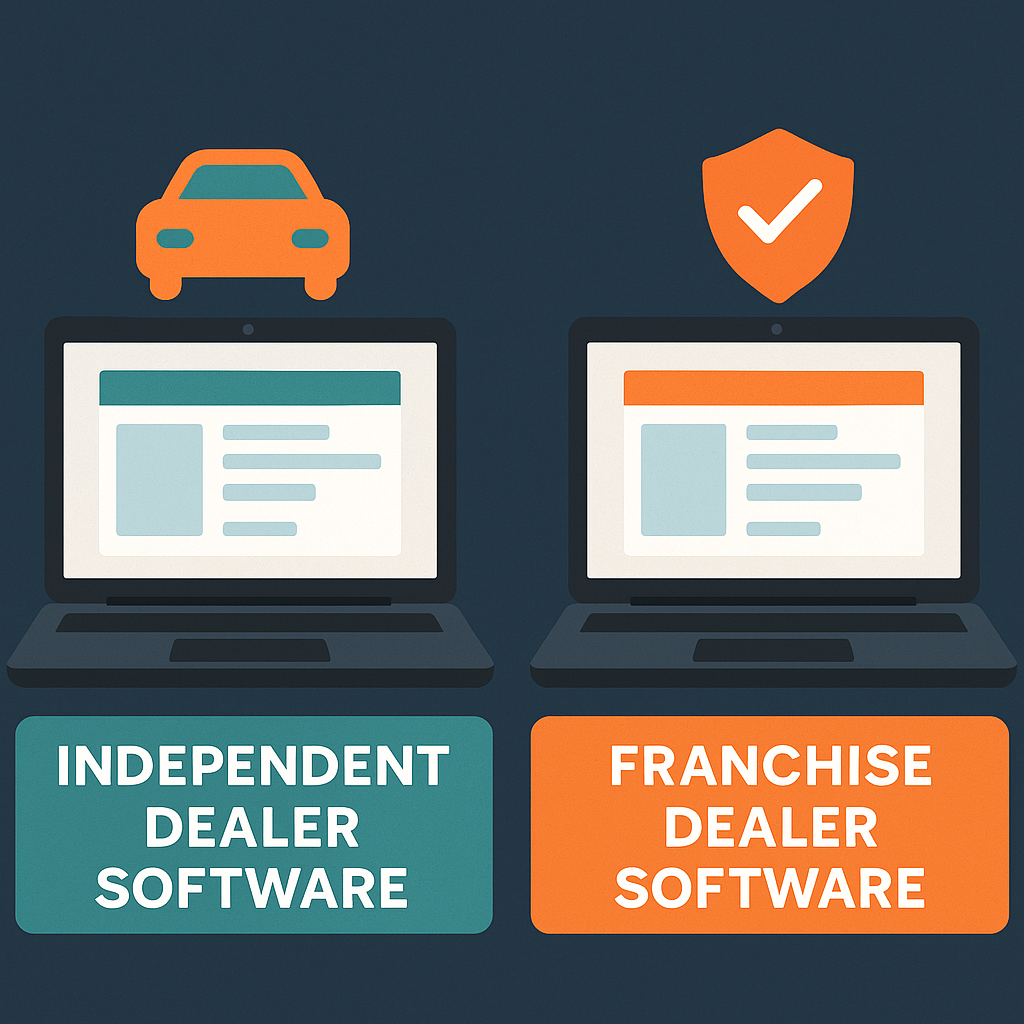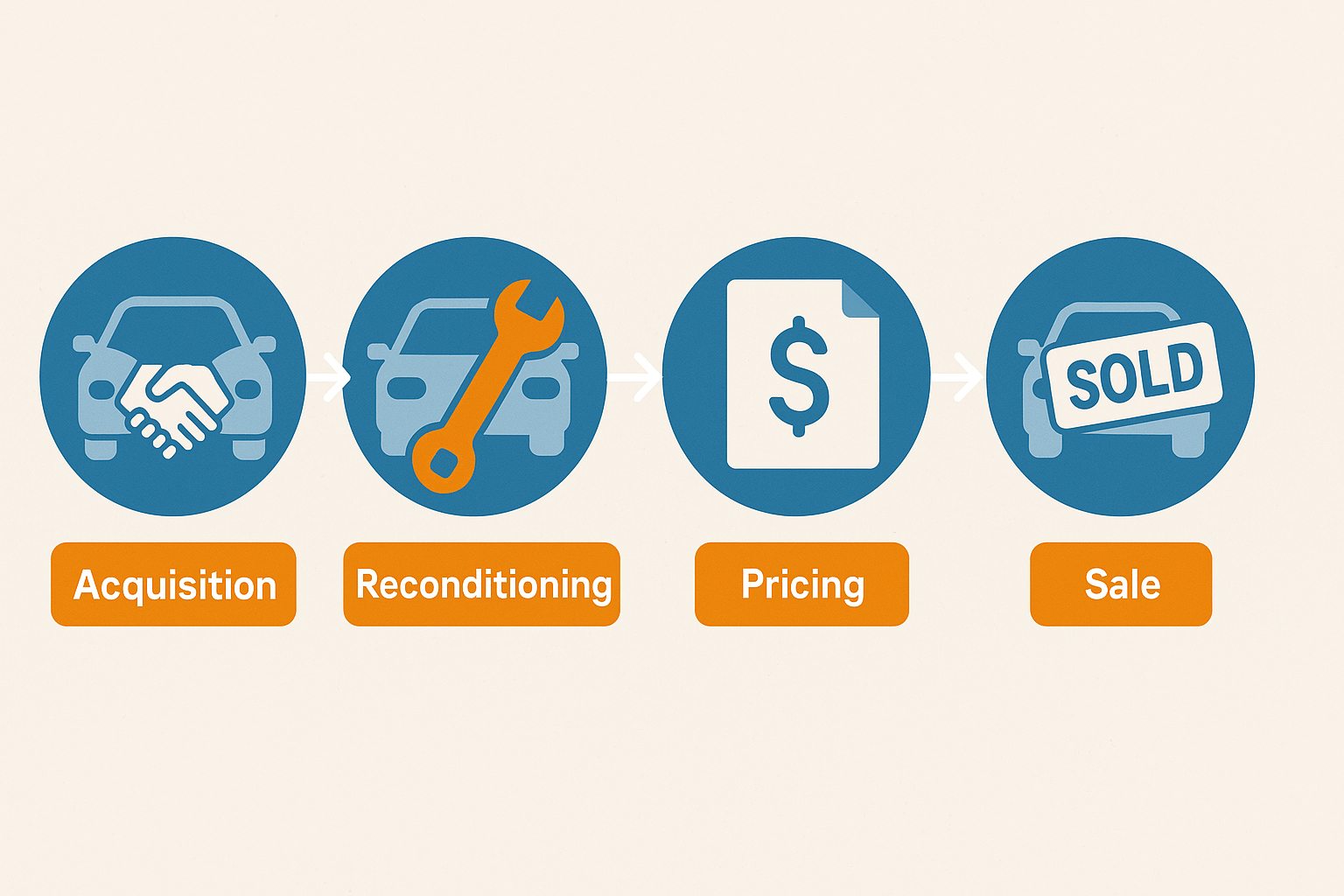Introduction
In early April 2025, President Donald Trump announced a 90-day pause on most newly implemented auto tariffs, while increasing tariffs on Chinese imports to 125%. These trade policy changes have significant implications for the automotive industry, especially for used car dealerships navigating new pricing pressures and inventory challenges. In this post, we’ll explore the impact of auto tariffs on used car pricing and inventory, and provide strategies to help dealerships adapt.
Immediate Effects of Auto Tariffs on Used Car Pricing
The auto tariffs that were initially set to increase prices of imported vehicles by 25% have already sent ripples through the industry. As a result, new car prices have risen, and consumers have increasingly turned to used cars as more affordable alternatives. Although the recent 90-day pause may stabilize prices temporarily, the tariffs on Chinese imports remain in place, sustaining upward pressure on used car prices.
According to a report by The Wall Street Journal, the impact of these tariffs has led to a marked shift in the demand for used vehicles, as buyers seek cheaper options. The increased demand coupled with limited supply has pushed used car prices up by as much as 7.5%, with dealers seeing more pressure to manage their inventory and pricing strategies.
Challenges for Used Car Dealerships
The tariffs have created inventory challenges for car dealerships, particularly those relying on imports and parts from China. With ongoing global supply chain disruptions, dealerships may face difficulties acquiring the cars they need for their lots.
Strategies for Used Car Dealerships to Adapt
To mitigate the impacts of auto tariffs on used car inventory and pricing, dealerships can implement the following strategies:
- Diversify Sourcing Channels: Look beyond traditional suppliers for used car inventory. Online auctions, rental fleet sales, and partnerships with non-tariffed manufacturers can help dealerships maintain supply despite ongoing challenges.
- Adjust Pricing Strategies: With continued demand for used vehicles, dealerships should review their pricing strategies to ensure they reflect current market conditions. While prices for used cars have surged, balancing pricing with competitive market rates will be essential for continued sales.
- Enhance Customer Relationships: Providing exceptional customer service, including flexible financing options and personalized sales experiences, can foster customer loyalty during periods of price fluctuations.
- Stay Informed About Tariff Changes: Regularly monitor updates regarding auto tariffs, especially any new legislation or delays, to make data-driven decisions and adjust strategies accordingly.
Conclusion
Auto tariffs are reshaping the landscape for used car dealerships, with significant impacts on used car pricing and inventory management. The 90-day tariff pause offers some temporary relief, but dealerships must continue to navigate the complexities of higher tariffs on Chinese imports. By diversifying sourcing channels, adjusting pricing strategies, and staying informed on regulatory changes, dealerships can stay competitive and maintain profitability during this uncertain period.
Curious how you can have more confidence amidst the tariff craze? Get a Demo






